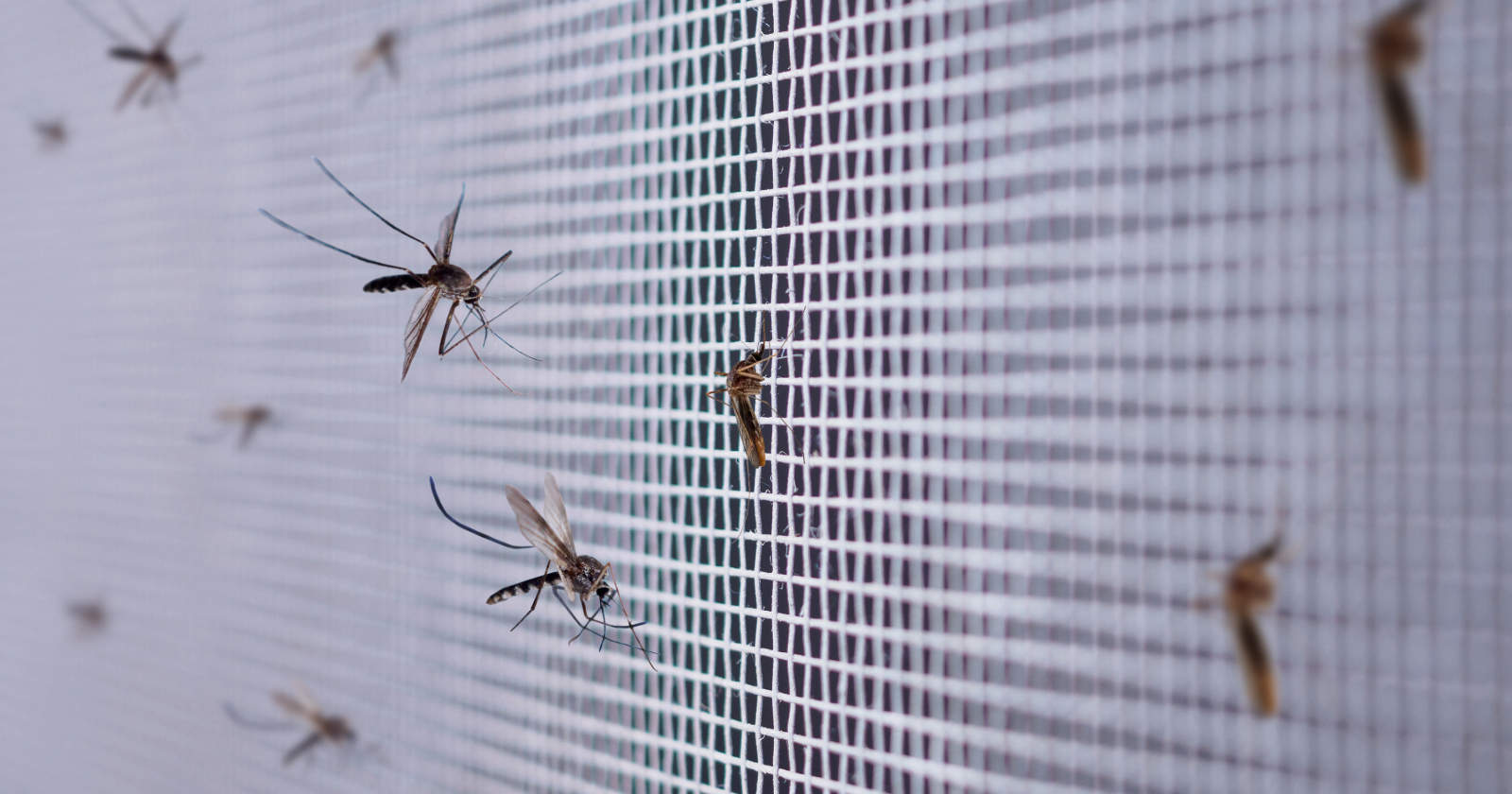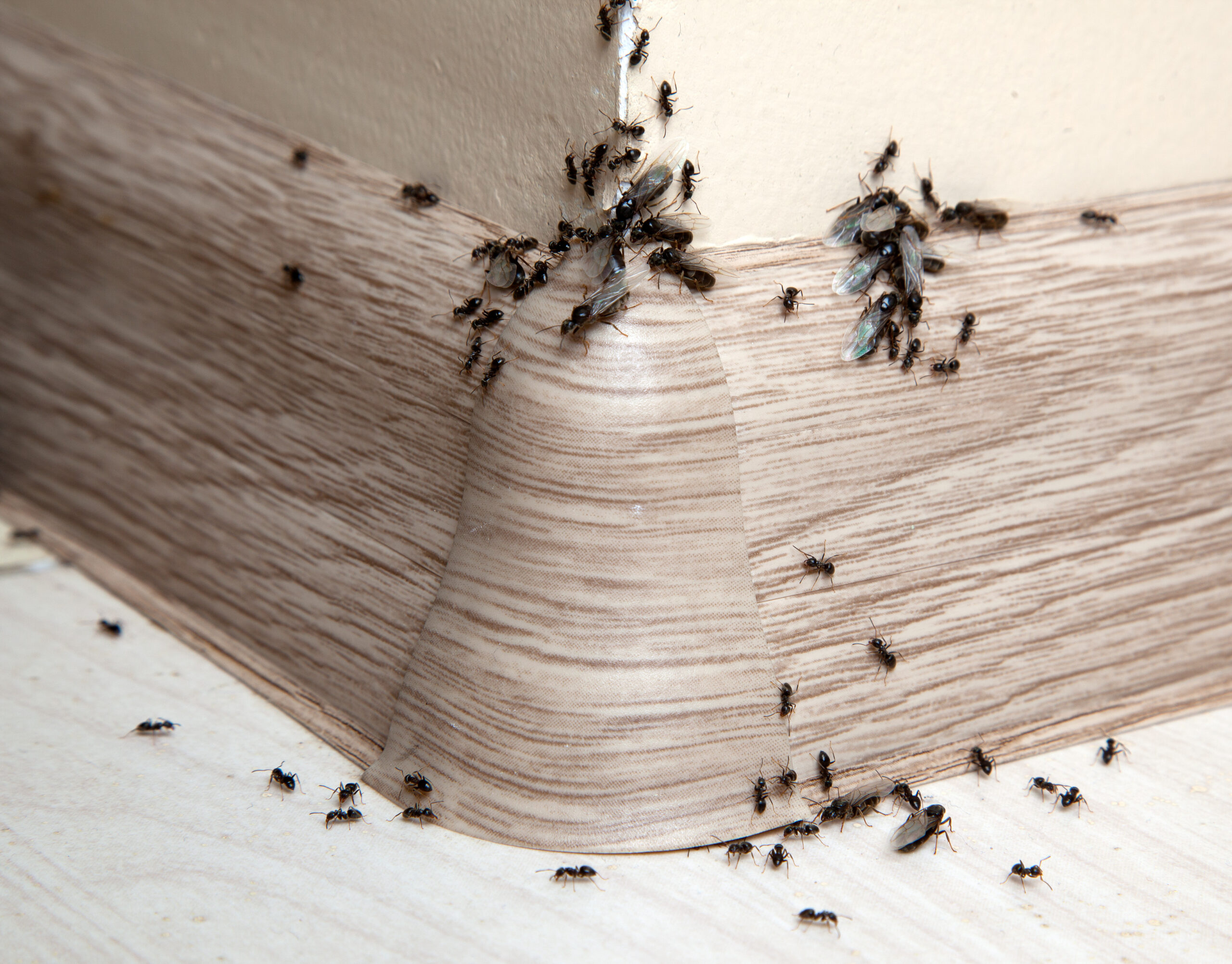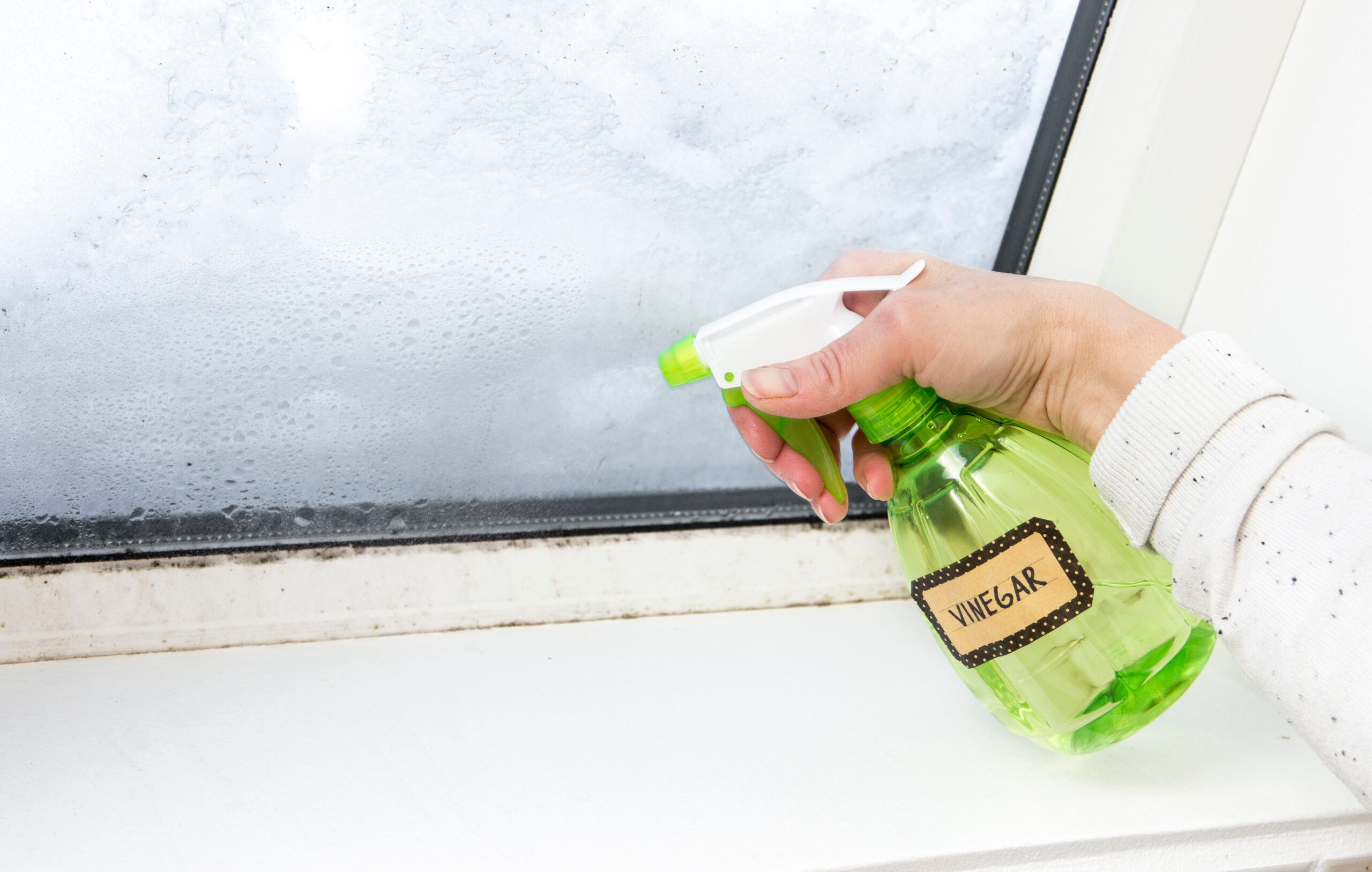Nobody wants to share their home with rodents, insects, and parasites. Pests come in all shapes and sizes, and they can take over your entire RV if you’re not careful! Fortunately, infestations don’t happen all at once, so you have time to perform your own DIY pest control.
It can be hard to find a one-size-fits-all solution because every pest is a bit different. Some respond to strong smells, while others can only be killed by chemicals or extreme heat. But there are a few tactics you can implement that will make your RV an unappealing home for these little intruders. If they don’t find what they’re looking for, they won’t stick around.
In the sections below, we have a few tips that you can use to make a game plan against any pests you might face. If you try a few of these strategies, you should be able to prevent most pests from entering at all and quickly eliminate any exceptions that make it inside. Just remember that extreme infestations may require a professional exterminator.
Preventative Action
If you prepare for pests before they arrive, you’ll have a much better chance of keeping your RV safe! The best form of pest control is to make your RV an unappealing target. Insects and vermin usually seek out places where they can find food, protection from predators, and a safe little nook to build a nest.
If your RV can’t offer these benefits, then they’re more likely to move on! Or at least, you’ll be able to spot them immediately and take other methods to remove them. So, your first priority should be preventative action.
1. Seal Up RV Entrances
First of all, you should ensure that your RV can keep out unwanted guests. A few bugs might fly in through the door from time to time, but some pests can enter through other cracks and crevices. Walk around your RV and look for any possible entrances. This includes things like vents, the gaps around slideouts, weak seals around windows and doors, and other small cracks and holes.
Any one of these flaws can be an entrance for a roach, mouse, or snake. Use caulk to seal up any cracks, and be sure to replace your weather strips whenever they begin to wear out. If you have exterior vents, you could also place a mesh screen or a clump of steel wool near the entrance. Physical barriers like this can make a real difference!
2. Use Deterrents Around the Perimeter
Next up, you can stop pests at the door! If they approach your RV or find a way in, you can make the space as unappealing as possible to them. Most pests hate certain scents and substances, so you can use these as part of your pest control plan.
Strong-smelling oils like peppermint, lavender, thyme, rosemary, and citrus can make a big difference around your RV. They will make it smell nice to you but block any insects or mice who may try to sneak in. You can use a diffuser to spread these scents throughout your RV or soak a few cotton balls in the oils and place them near the entrances.
Some deterrents can also be used to create a physical barrier! Diatomaceous Earth is a natural material that can scratch and dehydrate a variety of insects. Cleaning substances like baking soda and Borax can also drive them back. If you create a perimeter with these powders, most pests will keep their distance.
3. Store Food in Sealed Containers
Next up, think about how you store your food. Most pests are attracted by the promise of food, so your RV might be an appealing target if you have a well-stocked pantry. Even though it may be easier to keep things in open bags or boxes, you need to protect your food and seal it up as much as possible.
This might mean transferring ingredients into different containers, securing your cabinets with strong latches, and checking carefully for any rips or spills. Seal everything up as soon as you’re done using it, and don’t leave any food sitting out in the open.
If the animals can’t get into your food, they won’t have a reason to stick around!
4. Keep the RV Clean
Sometimes, the best offense is a good defense! Many pests are attracted by strong smells, including food, garbage, and sewage. So, if you want to create a strong pest control plan, you need to keep your RV as clean as possible. Regularly empty the garbage, clean your dishes as soon as possible, and don’t leave any spills on the floor or countertop.
You should also treat your holding tanks on a regular basis. Dump them on schedule and take time to sanitize them at least once per season. This treatment will reduce odors and improve their overall functionality.
Don’t ignore other cleaning tasks! Regular dusting, sweeping, and vacuuming can help you remove any webs, droppings, or eggs that may have slipped through the cracks.
Key Areas of Interest
It’s difficult to fortify every part of your RV at the same time. You’ll need to prioritize a few key areas in your fight against vermin. If you can protect these main spaces, you’ll be well on your way to a strong pest control system.
Drains
Drains are one of the best hiding places for a variety of insects. It’s a moist, dark space that sometimes catches food scraps. If you keep finding fruit flies and can’t tell where they’re coming from, the drains are a likely culprit.
For starters, try not to flush food scraps down the drain. This can cause blockages, plus it leads to rot and mold, which can attract insects. If you want to take things a step further, pour a few cups of boiling water down the drain every month or two. This will kill any eggs that are in the pipes and flush everything into the holding tanks.
Vents
We already mentioned that vents can be an access point for vermin, but it’s worth stating again. Most RVs have ports and vents for hookups, airflow, and more. These are necessary, but you need to properly defend them against intruders. In addition to the existing vent covers, you can place extra barriers in the way, such as mesh or steel wool.
This is also a good place for scented deterrents, like cotton balls that are soaked in potent oils. You might even want to use vent covers for your RV interior when they’re not in use. This can improve your insulation and block any unwanted visitors.
Garbage Cans
As mentioned earlier, you should keep your RV as clean as possible. That includes emptying the trash fairly often. But even after the garbage is gone, the stains and odors can linger. You should make a habit of cleaning around the trash can as well, especially if it’s in an enclosed area like a cabinet. Clean up any spills or scraps, then use a deodorizing spray.
Best Pest Control Options for RVers
Despite your best efforts, the occasional mouse or ant colony might slip in. This is certainly frustrating, but you can usually get rid of them with a pest control strategy.
The specific form of treatment to use will depend on what type of pest you’re dealing with. For example, you would treat bed bugs by washing all your linens and clothes in hot water and then use heat treatments on other surfaces like mattresses and furniture. For ants, you might place poisoned bait around your RV so they spread it to the rest of the colony. If you have mice or termites living in your walls, you may need an exterminator to fumigate your RV.
However, there are a few general products that are effective against a variety of pests. Try some of the options below if you’re not sure exactly which type of animal you’re dealing with. They’re good all-purpose pesticides and traps.
- Max Catch Mouse, Rat & Pest Glue Scented Sticky Trap for Rodents and Insects
- Ortho Home Defense MAX Insect Killer
- RIDDEX Plug-in Pest Control for Defense Against Rats, Mice, Roaches, and Insects
Related Articles:



